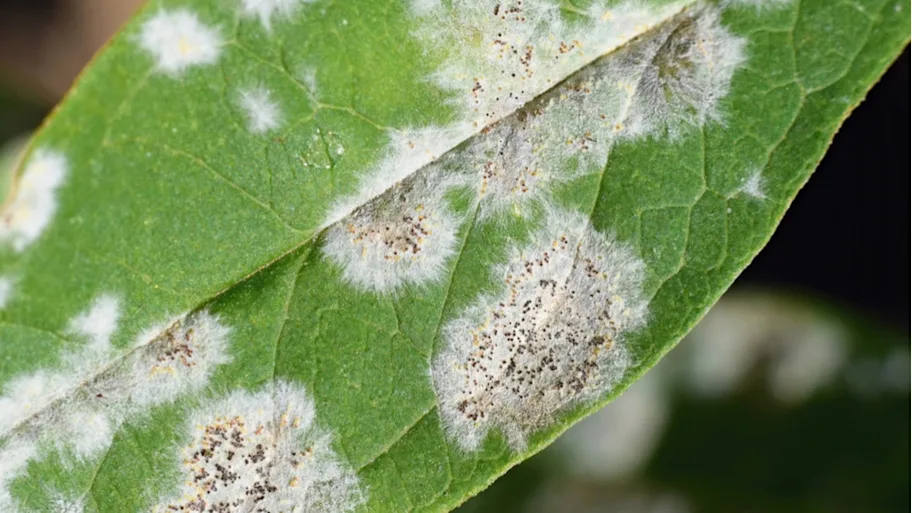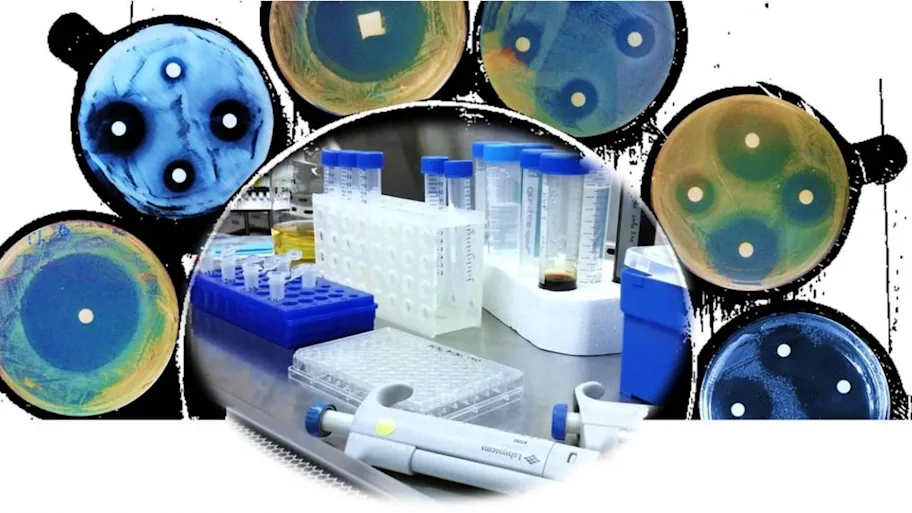
- Science news
- Featured news
- Underwater forests a treasure trove of new drugs
Underwater forests a treasure trove of new drugs

Kelp forests are among the most diverse and productive ecosystems in the world. Image: Shutterstock.
Scientists recover dozens of antimicrobial and anticancer compounds from seaweed
— by Matthew Prior, Frontiers science writer
Defensive compounds produced by microbes are a major source of antibiotics and other important medicines. But with resistant bugs appearing faster than potential allies, researchers are taking their search for new drugs offshore.
Published in Frontiers in Microbiology, a new study reveals for the first time that a common species of seaweed, Laminaria ochroleuca, is a rich source of bacteria with antimicrobial and anticancer activities — and potential new drug candidates.
Actinobacteria Isolated From Laminaria ochroleuca: A Source of New Bioactive Compounds► Read original article► Download original article (pdf)
20,000 leads under the sea
Almost a century since Fleming discovered penicillin in a stray mold, scientists continue to look to microbes for new antibiotics and other medicines. To date, none has given more generously than the Actinobacteria: a family of soil- and seabed- dwelling bacteria who think they’re fungi.
“About half of the 20,000+ microbe-derived drug candidates currently known come from Actinobacteria,” says senior study author Dr. Maria de Fátima Carvalho of the Interdisciplinary Center of Marine and Environmental Research (CIIMAR), Portugal. “Now the supply of new species on land — where they form spores and branched networks just like a fungus — is beginning to run out.”
But relatively underexplored marine Actinobacteria may yet prove an even richer source of bioactive microbial molecules.
“Several novel drug leads derived from marine Actinobacteria are already known,” says Carvalho. “These include anticancer agent salinosporamide A, currently in clinical trials, and several new antibiotics that are effective against drug-resistant infections like MRSA and tuberculosis.”
Related: Cancer-fighting drugs also help plants fight disease
Kelp is at hand
Predominantly found in sediments on the sea floor, Actinobacteria can also live inside other organisms that live and feed there — including brown algae (seaweed).
“The brown alga Laminaria ochroleuca forms complex structures called kelp forests, which are among the most diverse and productive ecosystems in the world,” says Carvalho. “But until now, no-one had characterized the Actinobacteria that live inside L. ochroleuca.”
In other kelp species, Actinobacteria are known to provide protective compounds in exchange for nutrients and shelter, which could be a source of new drug candidates.
Carvalho’s team analyzed a sample of L. ochroleuca from a rocky shore off northern Portugal.
“After six weeks of culture in the lab, we isolated 90 Actinobacterial strains from the sample.”
Extracts from these Actinobacteria were then screened for antimicrobial and anticancer activity.
“Forty-five of the Actinobacterial extracts inhibited growth of Candida albicans, Staphylococcus aureus, or both.”
Some extracts were active against these common pathogens even at extremely low concentrations, making them promising candidates for the discovery of antimicrobial drugs. Several also showed selective anticancer activity.
“Seven of the extracts inhibited growth of breast and particularly nerve cell cancers, while having no effect on non-cancer cells.”
New drug candidates
“This study reveals that the seaweed L. ochroleuca is a rich source of Actinobacteria with promising antimicrobial and anticancer activities,” sums up Carvalho.
Further tests on the most potent of these strains revealed that some of the effects are likely the result of newly discovered compounds.
“We identified extracts from two Actinobacteria strains that do not match any known compounds in the most comprehensive international database of natural bioactive compounds. We intend to follow up on these exciting results.”
Original article: Actinobacteria Isolated From Laminaria ochroleuca: A Source of New Bioactive Compounds
REPUBLISHING GUIDELINES: Open access and sharing research is part of Frontiers’ mission. Unless otherwise noted, you can republish articles posted in the Frontiers news blog — as long as you include a link back to the original research. Selling the articles is not allowed.






